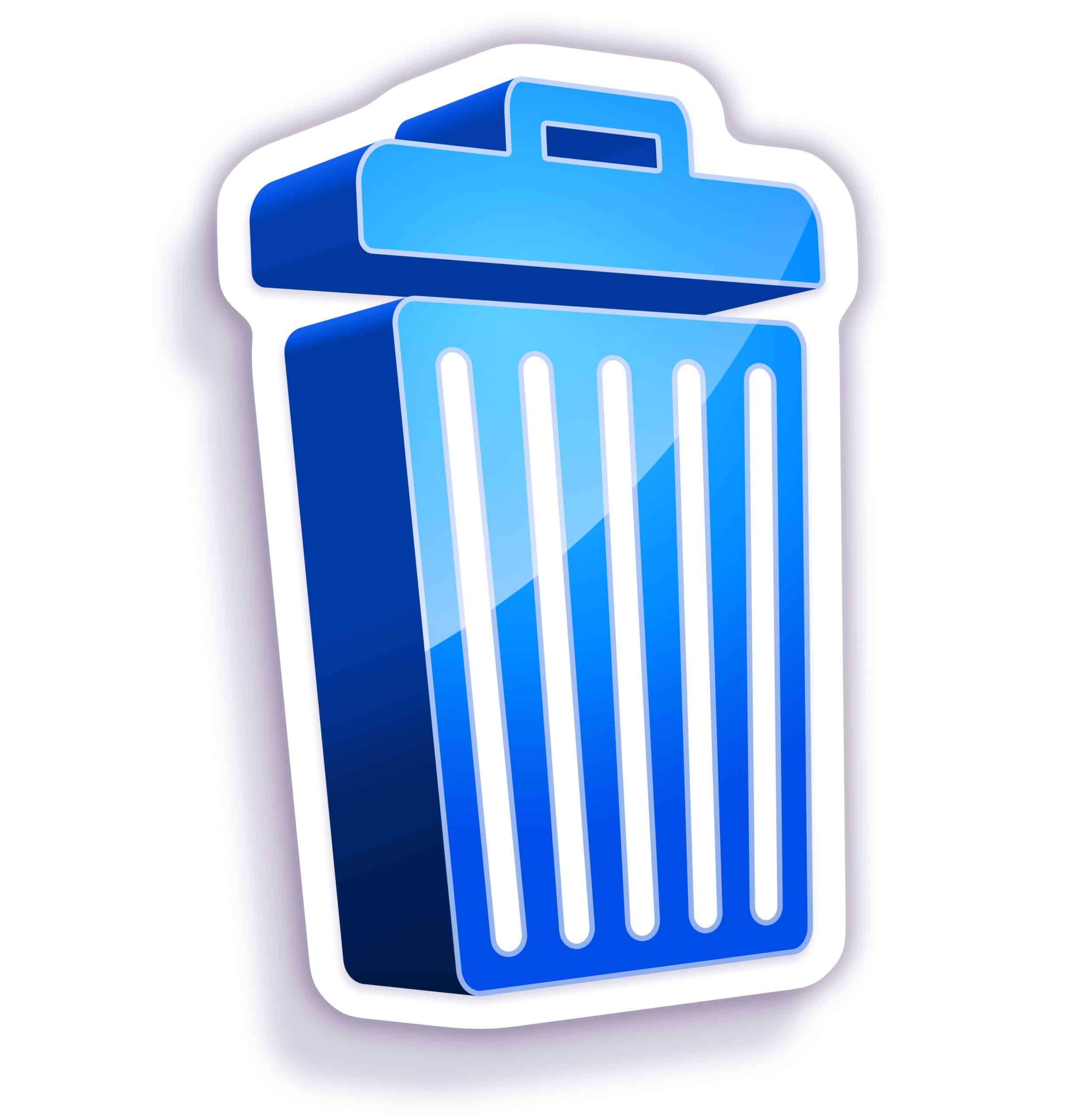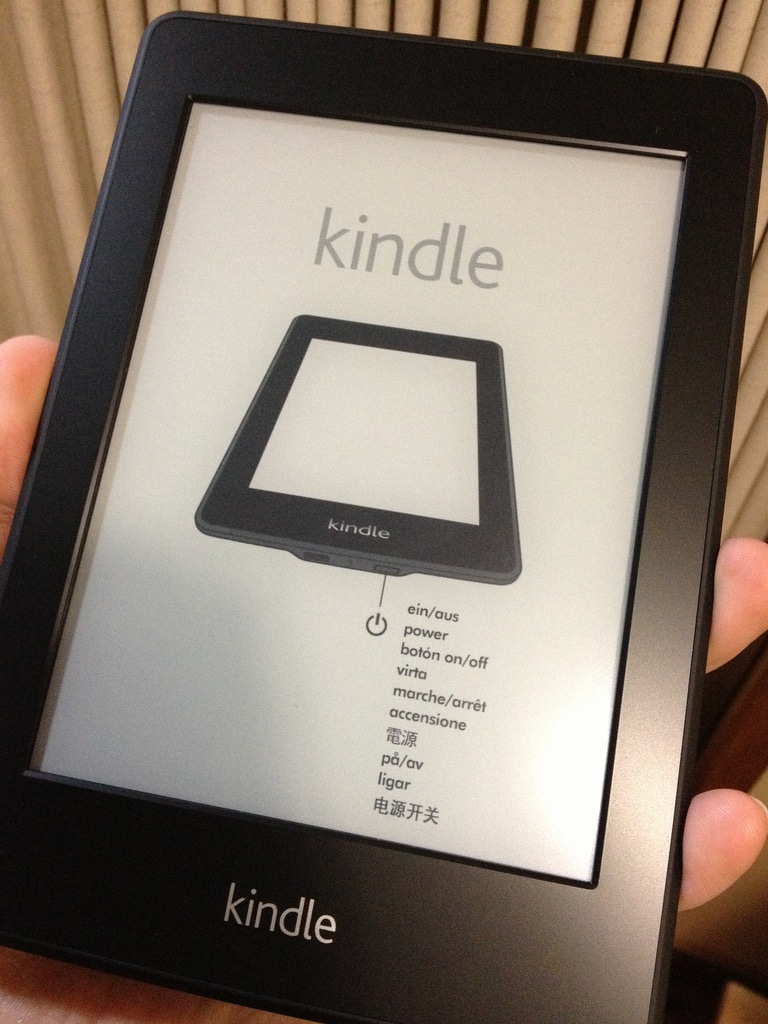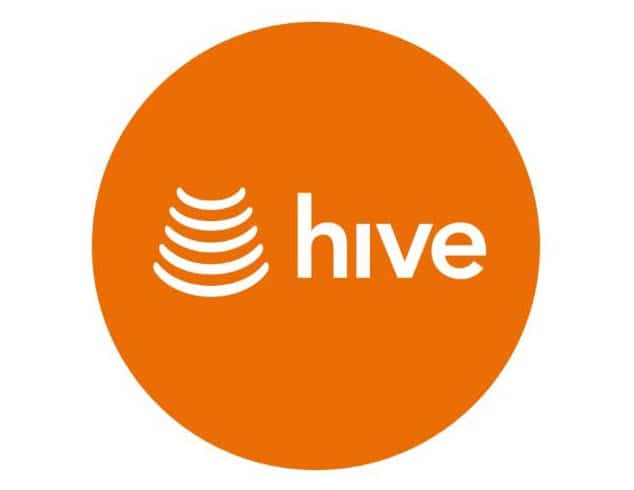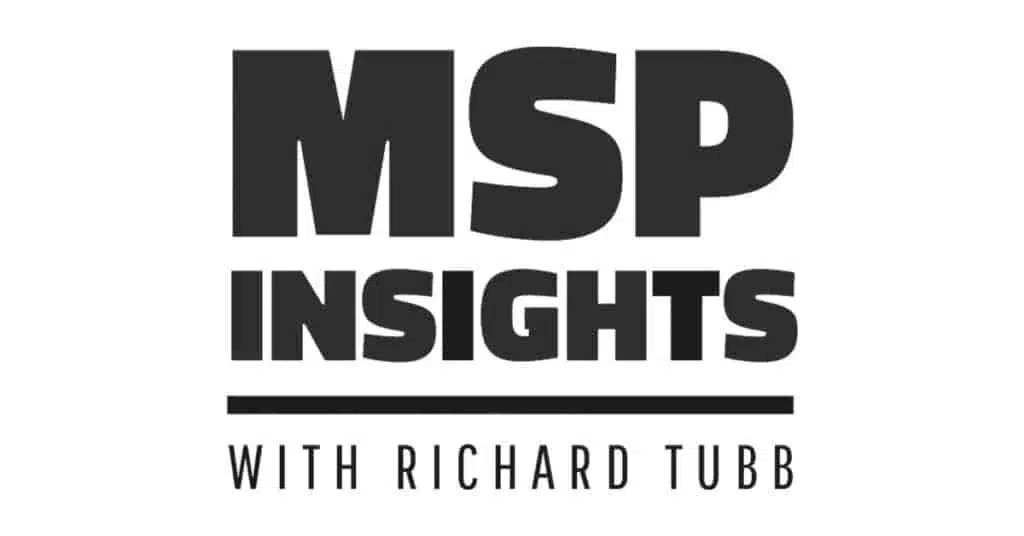 Read Part One of this article here.
Read Part One of this article here.
***
I recently wrote about the lessons I’d learned from losing my laptop computer, and the measures I’d taken to ensure my devices and data were protected going forwards.
I was lucky enough to have my laptop returned to me, but what would happen if you lost a mobile device such as a laptop, smartphone or tablet?
Earlier in the week I looked at tracking your lost device, but now I’m looking at protecting the most valuable part of any Laptop or other mobile device – your data.
In yesterday’s article I looked at using Encryption and Device Lock mechanisms to protect your mobile device data.
In the second part of my guide on how to protect the data on your laptop or mobile device, let’s take a look at how you’d recover your data if you ever lost the mobile device that data is stored upon.
Backing up your basic Data
For all mobile devices – including laptops – there are a plethora of backup which involve synchronising your essential data – such as contacts and calendar – to the cloud, enabling you to access that data from other devices and restore it to the same or a different device.
For Android users, Google already does a great job of making sure most of your basic data (such as contacts and calendar) is synchronised to the Cloud. Additionally, using an app like AppBrain ensures that all those apps you’ve installed are quickly and easily restored to any new device – albeit you’ll need to re-configure their settings. You could also use an App like SMS Backup+ to backup all your SMS, MMS and Call Log entries to GoogleMail, and Google+ ensures all your phone camera photographs are automatically synchronised on-line too.
If you’re using Microsoft Exchange or GoogleMail for your e-mail, then your E-Mail, Contacts and Calendar are typically automatically synchronised to a central server. Re-connect any device to Exchange or GMail and this information will be downloaded to the new device.
Even if you’re not using a Smartphone but an older more traditionally mobile phone – a service like Mobyko enables you to backup all of your photos, videos, texts, calendar entries and contacts on-line – so if you get a new device, you don’t have to manually re-input them all.
Typically though, all of these Cloud Synchronisation methods are aimed at backing up your most basic data – E-Mail, Contacts, Calendar, etc. What about the documents you work with such as Spreadsheets, Music and more?
Backing up your Files and Documents
A more robust Cloud based Backup solution will give you the option to select pretty much any set of data to back up, limited only by the capacity of the Cloud Backup provider you use.
Typically, this data would include your private documents such as Spreadsheets, Word Processor documents and more – but could easily be extended to include Pictures, Music, Videos and just about any other type of data you wish.
 Apple’s iTunes software already does a good job of backing up your iPhone, iPod or iPad – meaning if you lost your device, typically your music, apps and purchases are easily transferred to a new device – even if your original device is not available. With iOS 5, iPhone and iPad users also have access to Apple’s free iCloud service – which backs up your e-mail, contacts, calendars and documents to the Cloud.
Apple’s iTunes software already does a good job of backing up your iPhone, iPod or iPad – meaning if you lost your device, typically your music, apps and purchases are easily transferred to a new device – even if your original device is not available. With iOS 5, iPhone and iPad users also have access to Apple’s free iCloud service – which backs up your e-mail, contacts, calendars and documents to the Cloud.
But for more flexibility, a service such as Dropbox is a must-have.
 A free Dropbox account gives 2GB of Cloud based storage away for free, and has software clients available for nearly all major platforms – including PC, Mac, iOS and Android.
A free Dropbox account gives 2GB of Cloud based storage away for free, and has software clients available for nearly all major platforms – including PC, Mac, iOS and Android.
Dropbox works by making sure that any data stored within a folder you create as home for your data is automatically and near instantly backed up to the Cloud, and additionally can be sychronised to any other device you choose too.
For myself, I have Dropbox installed on my Laptop PC under Windows 7 and within my Dropbox folder have sub-folders containing all everything from work to travel documents. I then have Dropbox installed on my Notebook PC so that if I’m travelling I have access to all my work, and any changes I make are automatically backed up on-line and synchronised to my laptop.
Furthermore I have Dropbox installed on my Android Smartphone, iPhone and iPad, so I can quickly refer to any of my documents in a flash.
I therefore always have the latest copy of my document with me, whichever device I’m using.
The added benefit of Dropbox is that because everything is also stored on a secure central server, I can also access any of my documents from any other PC in the world via a secure login. What’s more, if I want to share documents with another Dropbox user – I can simply right-click a folder and grant them permissions (ranging from Read Only, to full Edit) and the document appears on their device for their use – and they can do the same with me.
Knowing all of your data is continuously backed up and available wherever you are in the world gives real peace of mind. Never lose or forget a document again!
Obviously, you need to be aware of the capacity limits of your free Dropbox account – start using it to backup your large Music or Picture collection and you’ll soon run out of space – but Dropbox do offer a paid for premium account with much greater capacity should you chose.
There are a plethora of other free and optionally premium backup solutions out there too – such as Mozy – and many other Synchronisation tools such as SugarSync and Windows Live Mesh – and there’s nothing stopping you using more than one service! On my Home Server in addition to having a local NAS based backup, I also use Mozy for home documents, SugarSync for my Videos, and Windows Live Mesh for old Archived documents. All are accessible from a web-browser from any device, so I figure there’s no harm in having your data backed up in more than one place!
Full Device Backup
For real belt and braces backup of your mobile devices, you’ll want to take a full device backup in addition to cloud based backups of your ever changing data.
A full device backup will backup all the settings on your device and often all the Operating System files too, meaning that if you ever experience a faulty device or catastrophic software issue then you can quickly reset the device back to full working order by restoring from the original image backup. The restore will then be complimented with your most current data from your Cloud backup.
Android Smartphone and Tablet users have a number of other options for full device backup. Check out Titanium Backup Root and Sprite Backup amongst many others.
![]() For Laptop computers and Netbooks, I use StorageCraft ShadowProtect to make a full image backup of my PC once it’s created and store this locally on a USB Hard Disk kept at home, as well as on a spare data partition. In conjunction with a Recovery CD or USB Key Disk (provided by StorageCraft) this means that even when I’m on the road travelling, in the event of a particularly nasty software failure I can restore my PC back to a working state using the original image, and have a backup stored at home in the event of a total Hard Disk failure.
For Laptop computers and Netbooks, I use StorageCraft ShadowProtect to make a full image backup of my PC once it’s created and store this locally on a USB Hard Disk kept at home, as well as on a spare data partition. In conjunction with a Recovery CD or USB Key Disk (provided by StorageCraft) this means that even when I’m on the road travelling, in the event of a particularly nasty software failure I can restore my PC back to a working state using the original image, and have a backup stored at home in the event of a total Hard Disk failure.
Whenever you’re making a local backup of your device, always make sure that any backup of your laptop or device is password protected (most backup software has this option) to ensure the data contained within that backup is safe. Otherwise a lost backup could offer someone the chance to snoop at all of your private data in one fell swoop!
Conclusion
I hope you’ve found this short guide, born out of the fact I thought I’d lost my own laptop, useful!
By making sure you use tools for tracking your lost laptop, smartphone or tablet, implementing both a Device Lock and Data Encryption, and ensuring that all of your data is backed up and synchronised to the Cloud, perhaps in conjunction with a full device backup – you should feel assured that in the event that you do lose your mobile device, you’ve given yourself every chance of recovering it and can rest safe in the knowledge that any data contained upon that device will remain secure.
Thoughts or feedback? Do you use different tools or strategies? I’d love to hear from you – please leave a comment or get in touch!














Comments
6 thoughts on How to Protect the Data on your Laptop or Mobile Device – Part Two
JOHN LEE
19TH JANUARY 2012 19:54:15
Hi Richard, A couple of other products that might be of interest: Encryption: http://www.ce-infosys.com/english/free_compusec/free_compusec.aspx Backup / DR: www.symform.com Regards John
RICHARD TUBB
20TH JANUARY 2012 10:36:48
John - thanks for the links. I'm familiar with Symform from their start-up days and like the idea, although some people are scared off by the idea of their data being shared across many machines (regardless of how secure we know it is). I think it's a good solution though. I'm not familiar with CE Infosys - but I'd have to say whilst their homepage might be nice to look at, it doesn't inspire confidence. ;-)
MARIAN BUSSELBERG
16TH MARCH 2012 06:39:45
Very Nice Information thank's for Share with us
RICHARD TUBB
16TH MARCH 2012 06:42:00
Marian - you're welcome, thanks for taking the time to comment!
LANCER
25TH JUNE 2015 10:01:43
I personally is using time machine and cloudbacko. The strategy is to backup all things in mac thru time machine and my favorite photos and files thru cloudbacko to free cloud storage such as OneDrive. Cloudbacko is free and it could backup to a combination of cloud storage such as OneDrive and google drive. Although Cloudbacko is free, it could encrypt my data with filename encrypted. In that case, make me feel safer to backup my data to cloud storage in case I will need in future
RICHARD TUBB
25TH JUNE 2015 20:15:04
Lancer -- thanks for sharing!